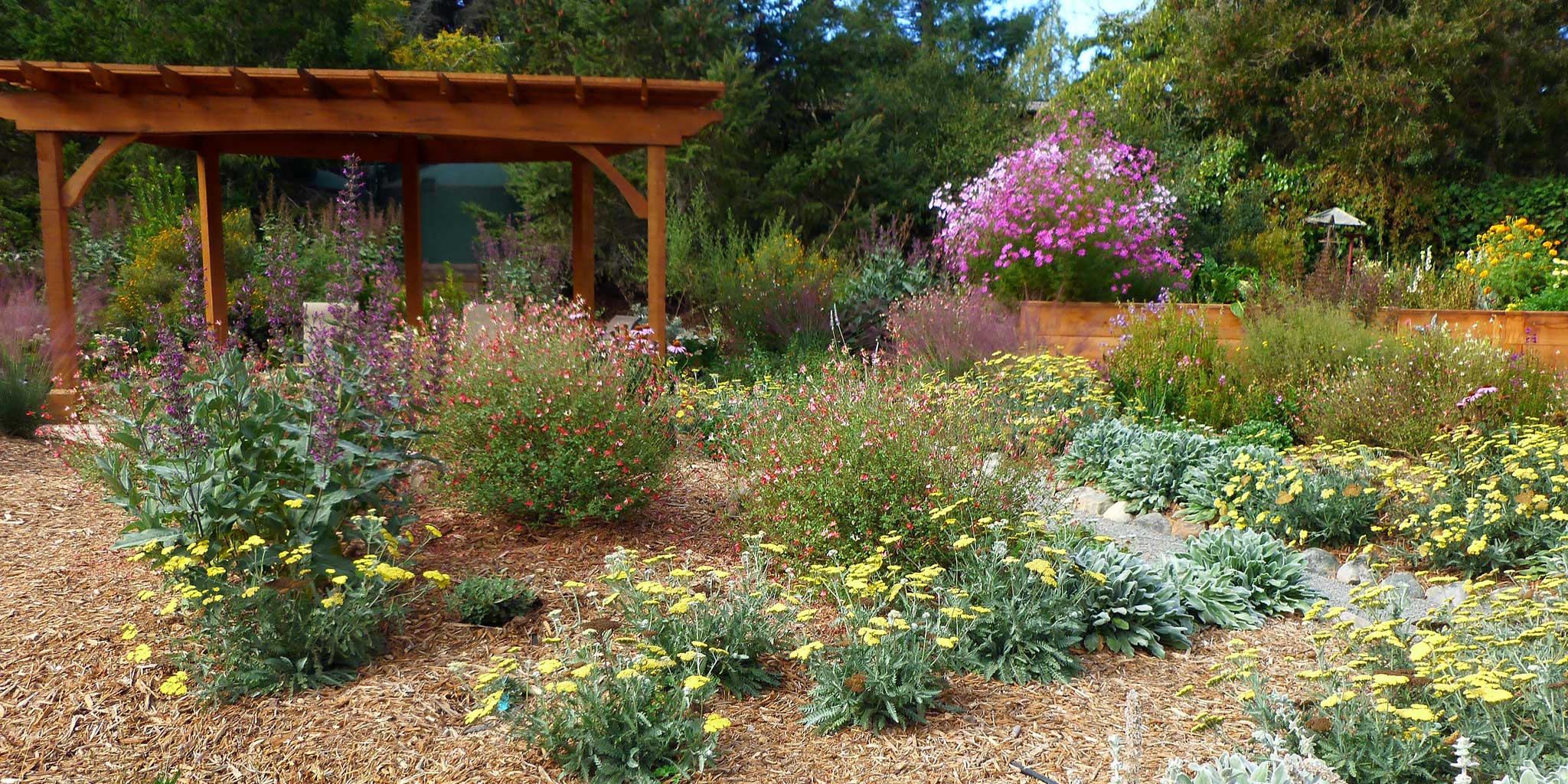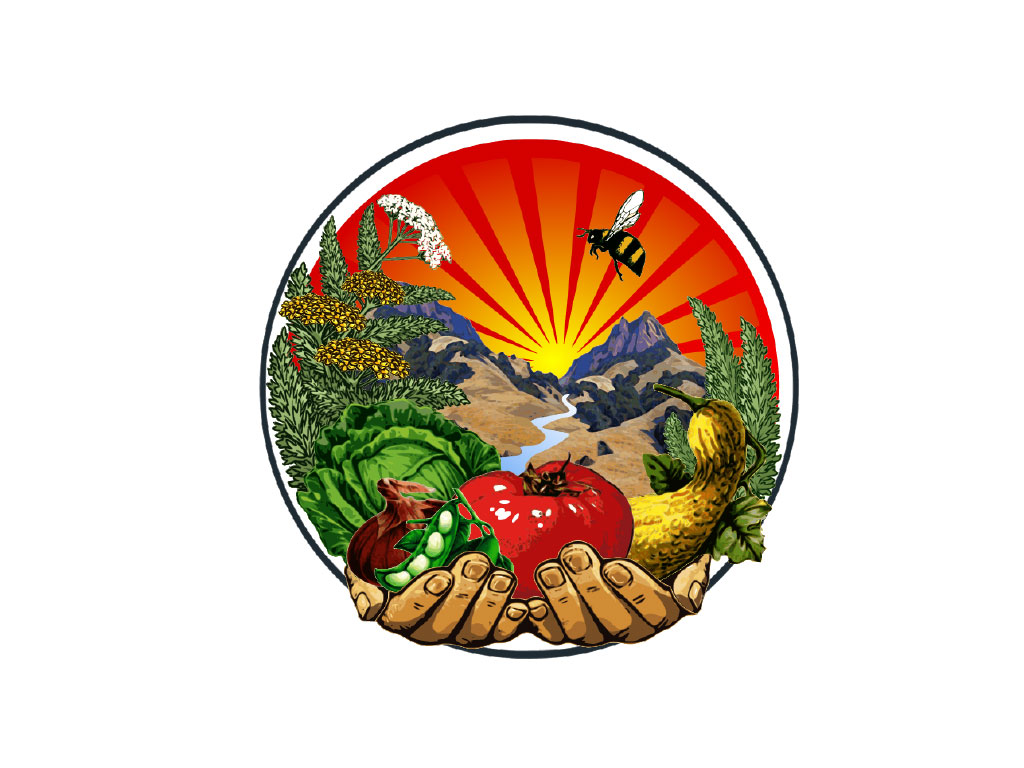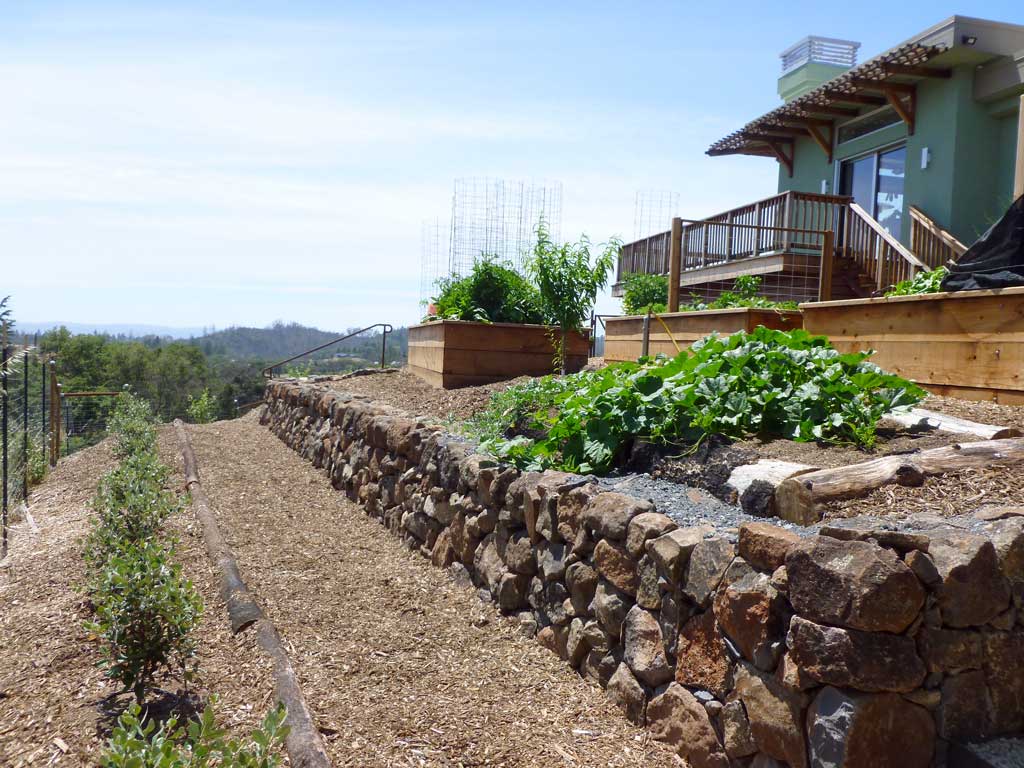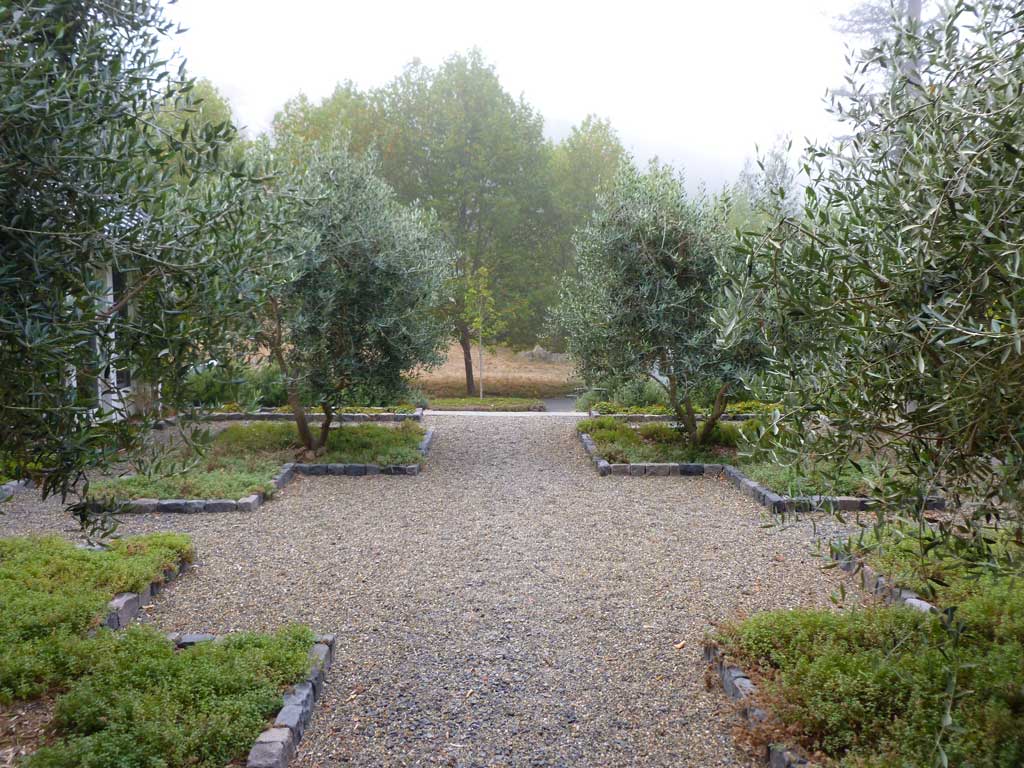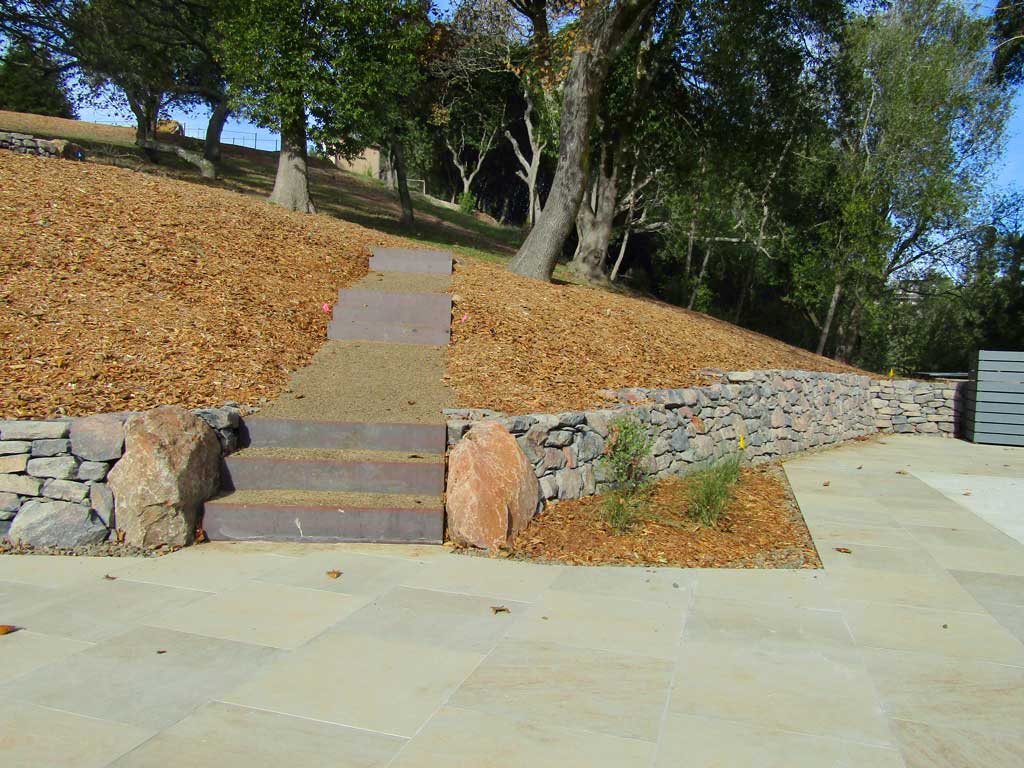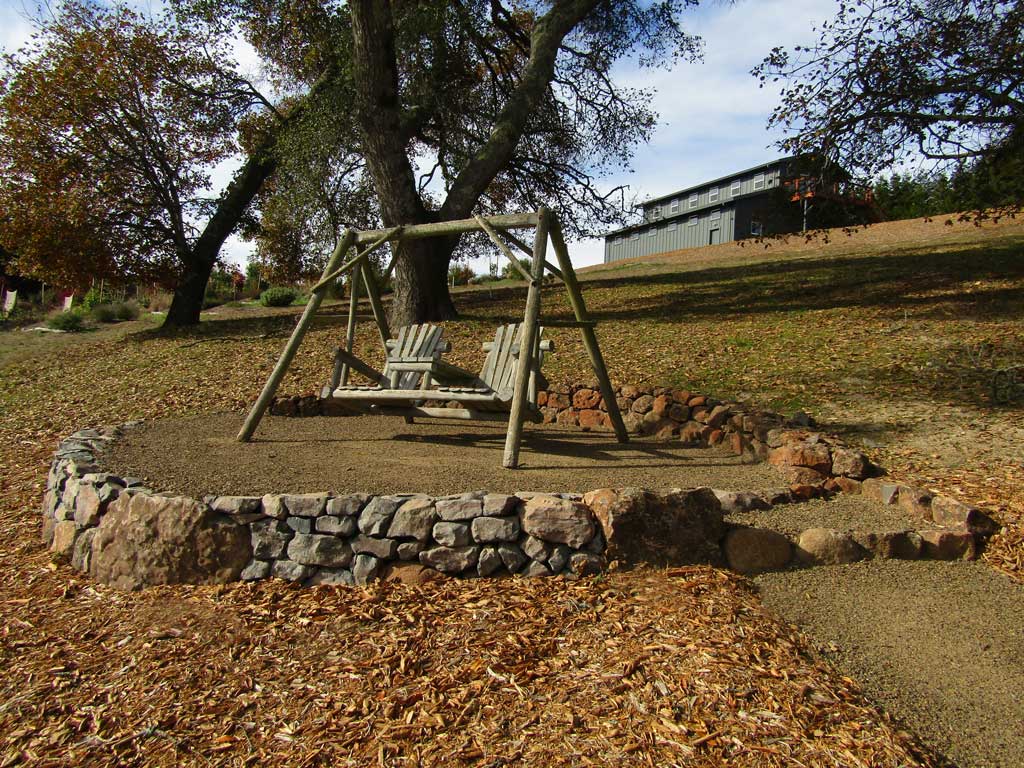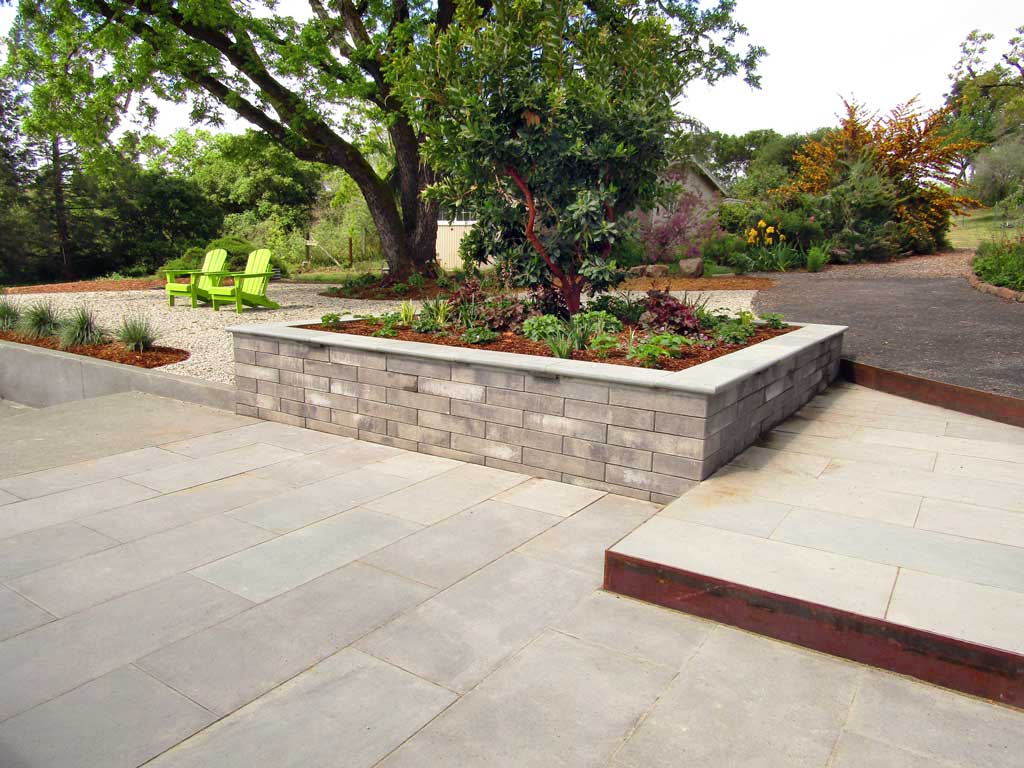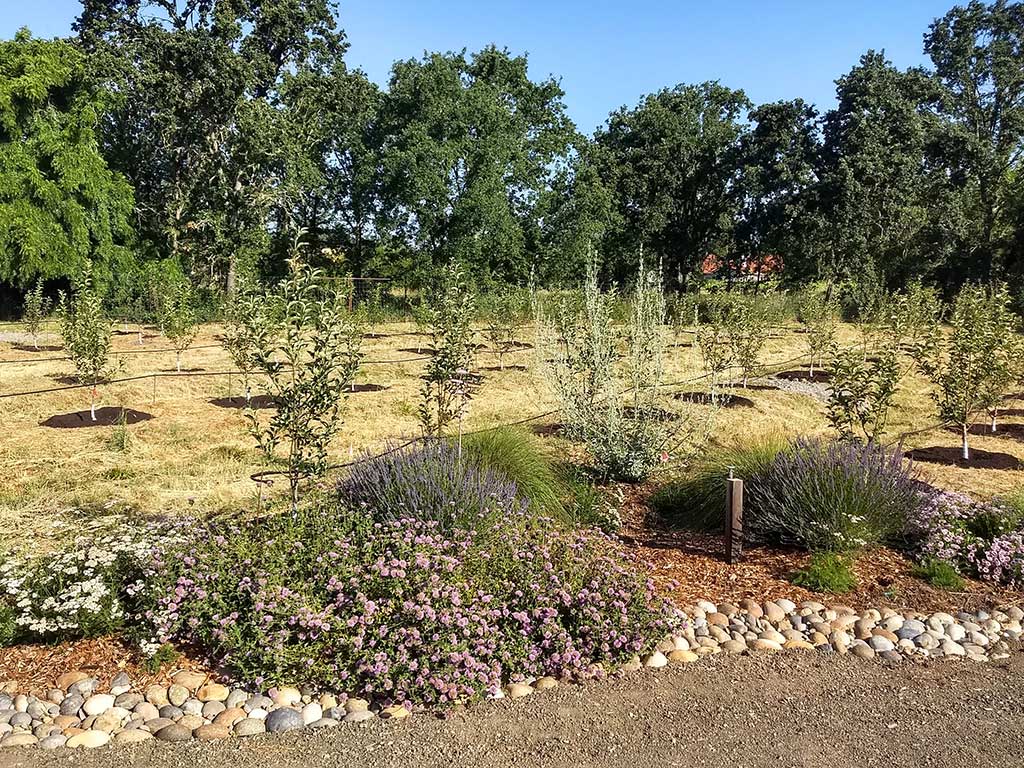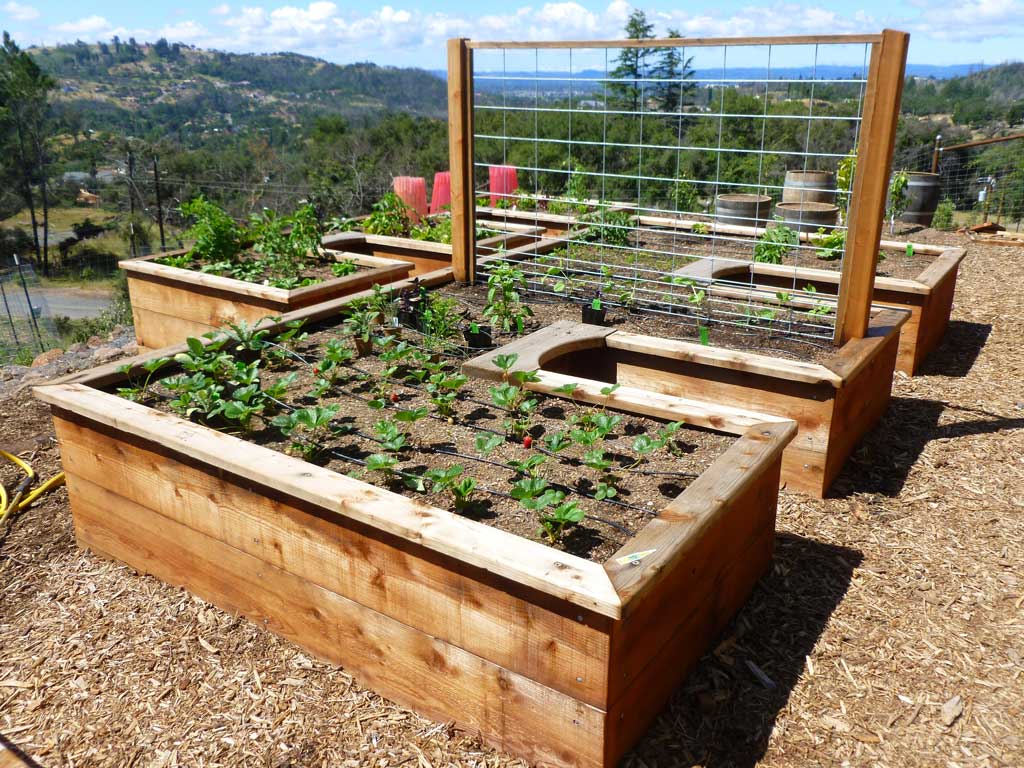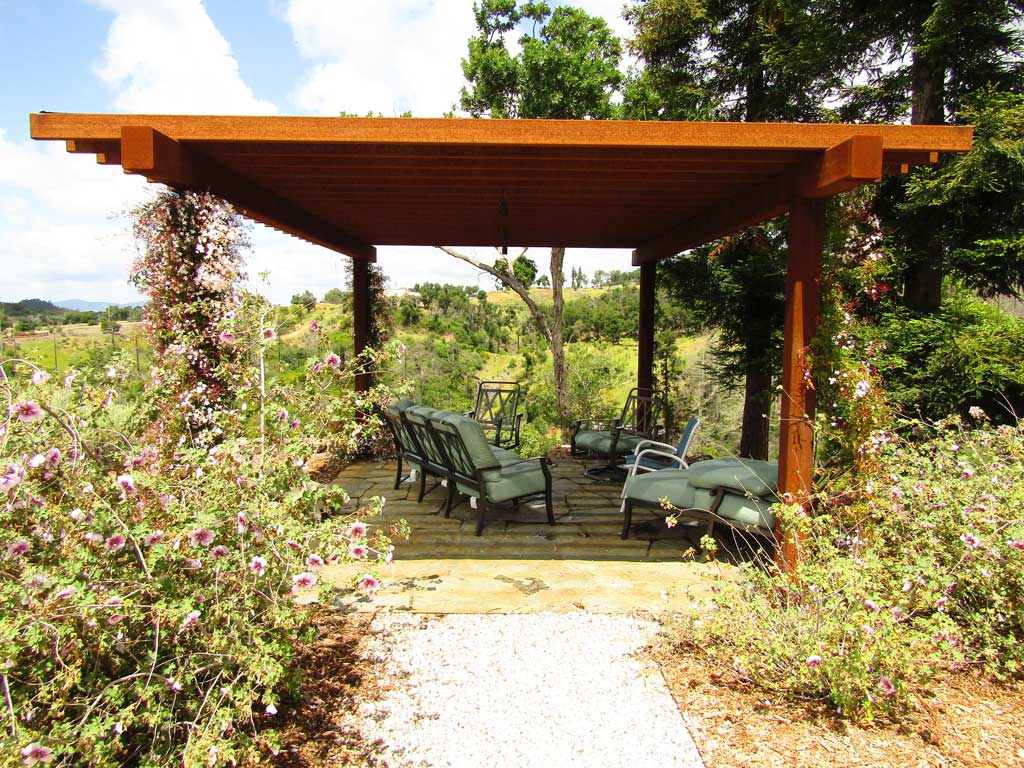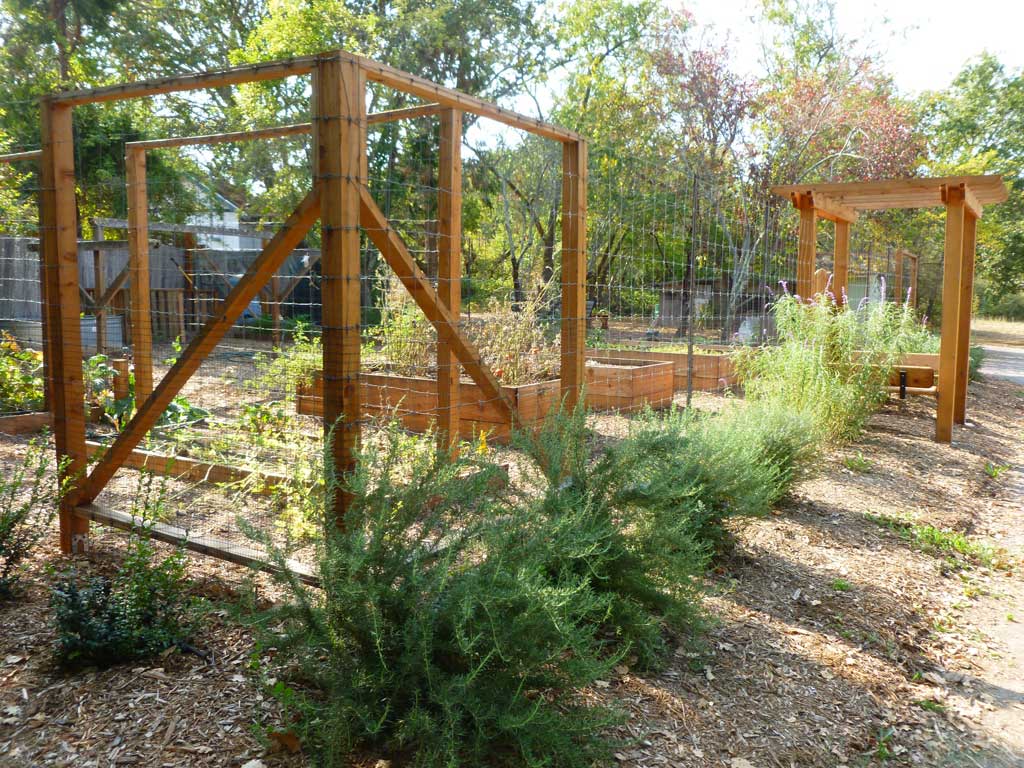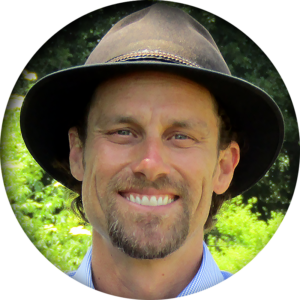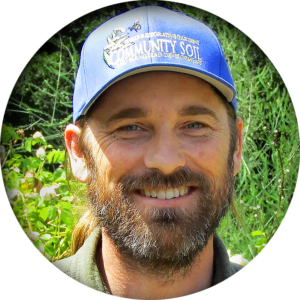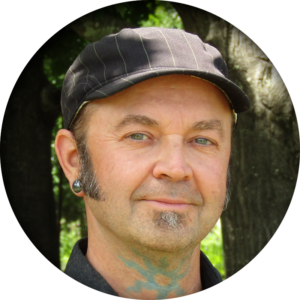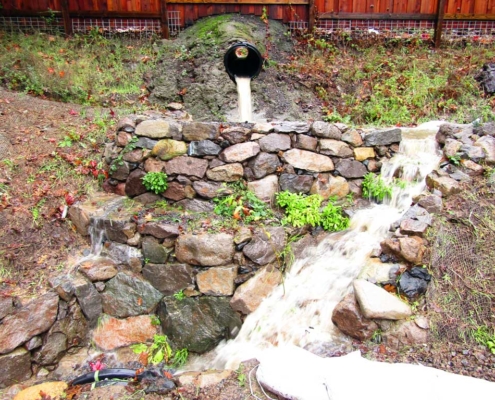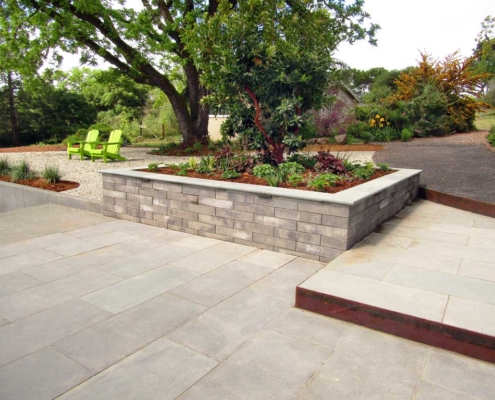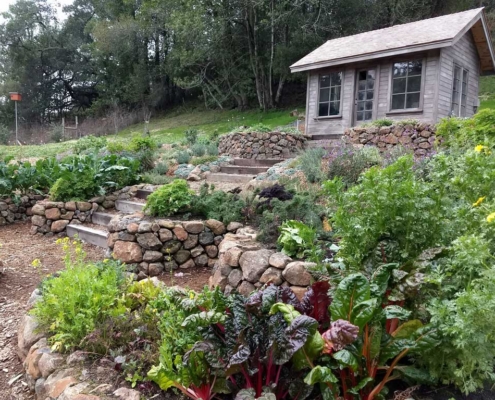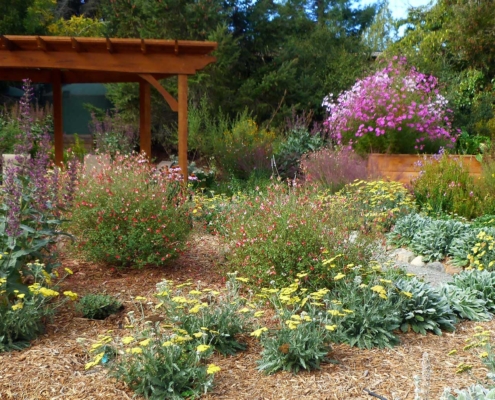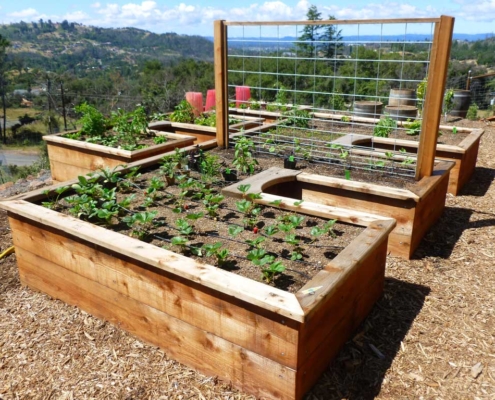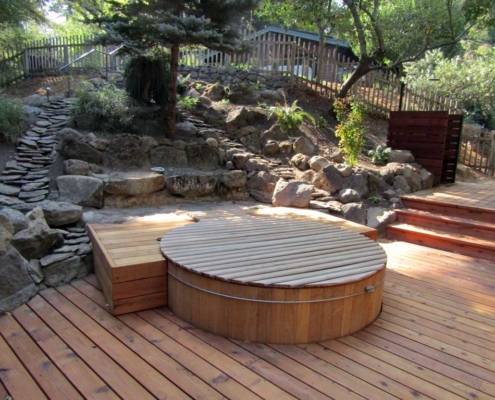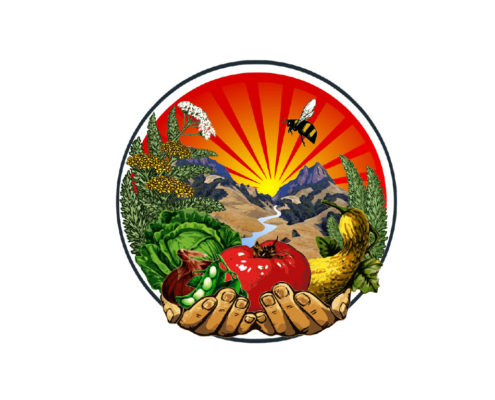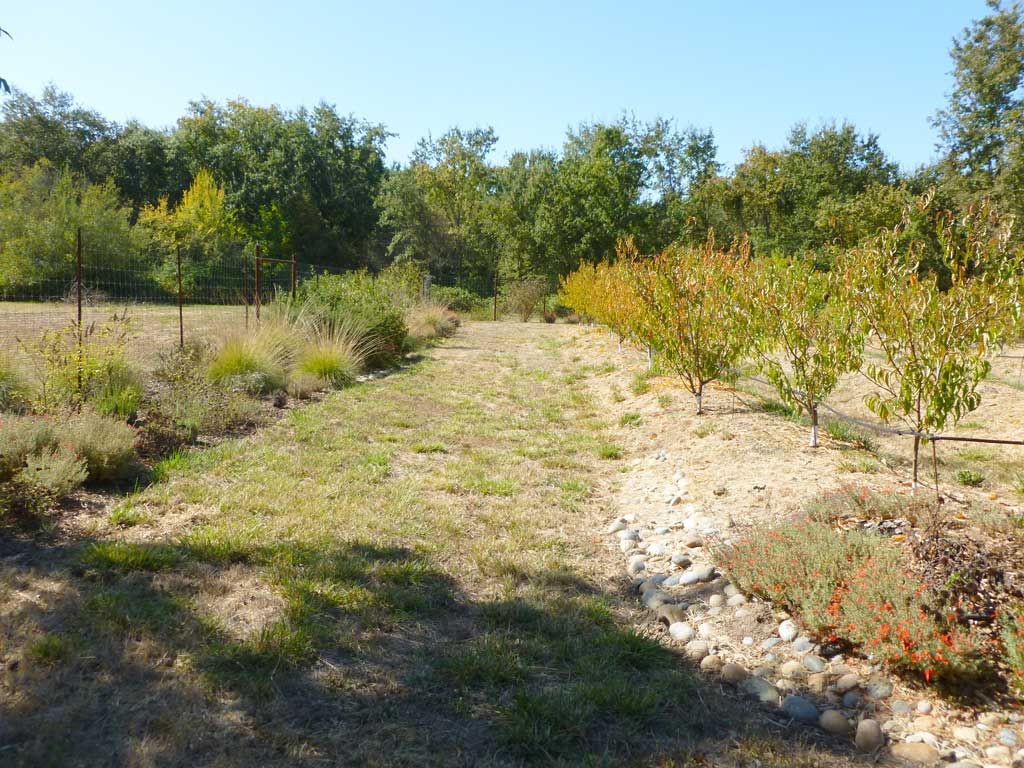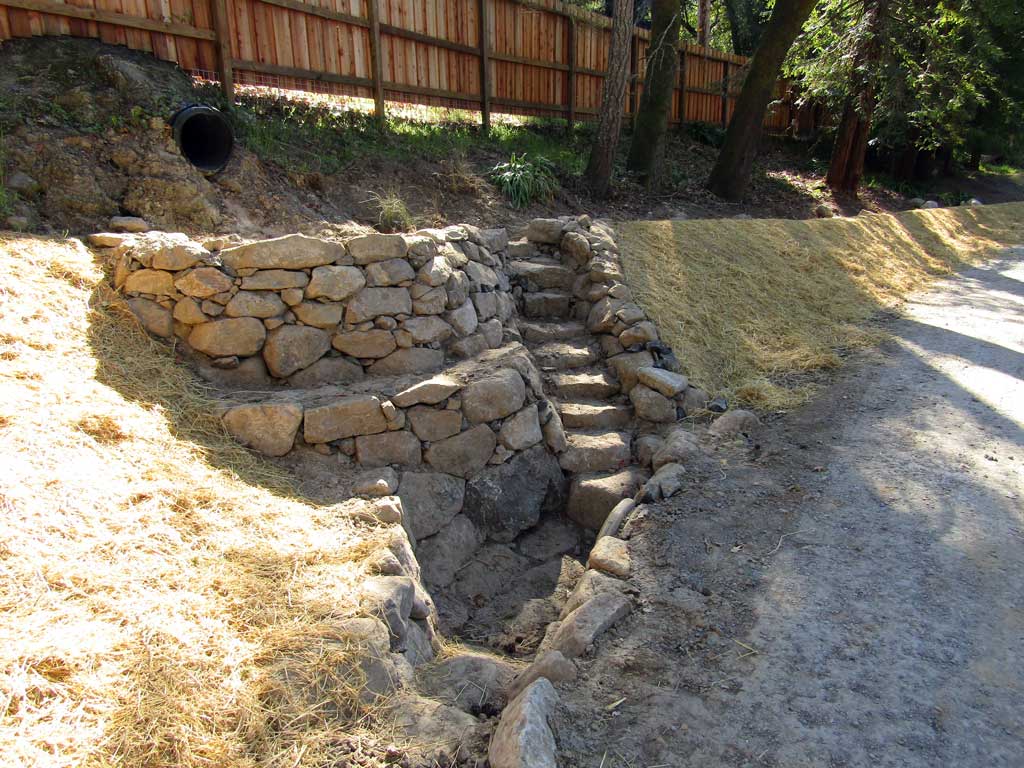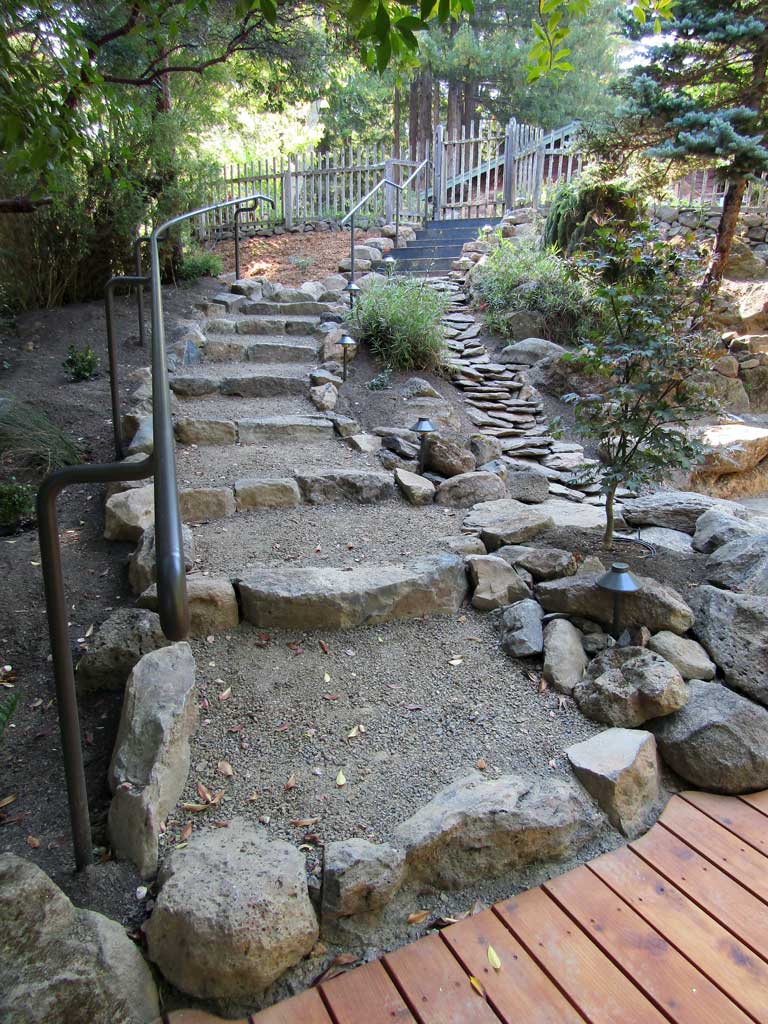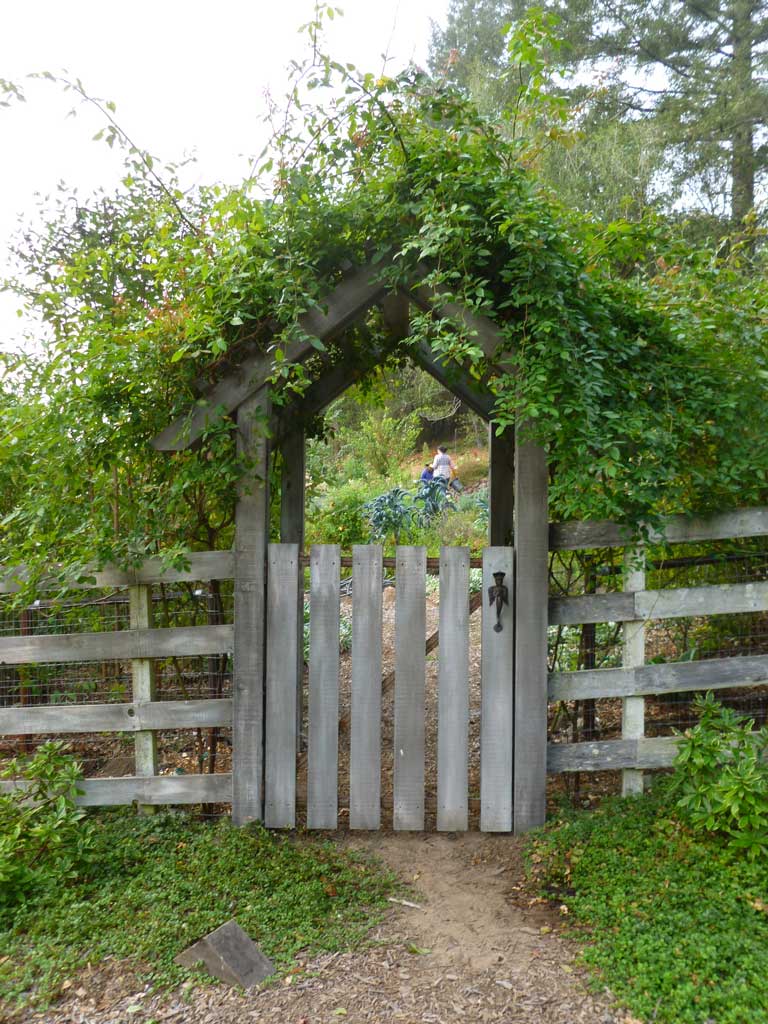Community Soil
A FULL-SERVICE LANDSCAPE DESIGN, INSTALLATION & MAINTENANCE COMPANY
Community Soil is a comprehensive design, installation, and maintenance company that offers a range of services to assist landowners in maximizing the potential of their properties.
We manage sites from the foundation of the home to the edges of the property lines, including all aspects of construction from infrastructures and utilities to intricate plantings. Throughout the project, our top priority is clear communication, ensuring that our clients’ expectations regarding aesthetics, functionality, and costs are understood and met.
Our practice is ecologically driven, taking into account the changing climate, the regional environment, and the life cycles of the materials we use. Upon project completion, our clients can expect beautiful spaces that not only serve their functional purposes but also grow more resilient and enjoyable over time.
At Community Soil, site maintenance goes beyond a simple weekly mow and blow routine. We create spaces that can thrive with care provided on a monthly, bi-monthly, or even quarterly basis. By establishing a tailored maintenance plan, we ensure the ongoing health and vitality of the landscapes we create.

